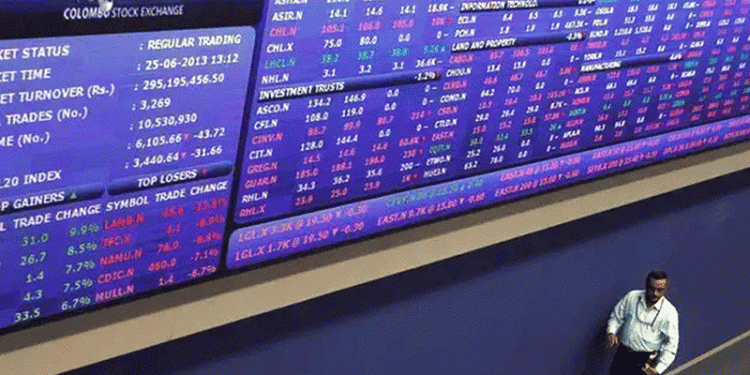By Saikat Chatterjee and Simon Jessop
LONDON (Reuters) – Ten months after new European Union rules designed to boost market transparency kicked in, the initiative appears to be working, having fueled a dramatic jump in electronic trading across some of the financial world’s most opaque markets.
Long stuck in a time warp, with most deals conducted over the phone and shrouded in secrecy, exchange-based trading has surged in the EU for such instruments as credit and interest rate derivatives.
The catalyst is MiFID II, or the Markets in Financial Instruments Directive II, which requires all interactions between trading counterparties to be captured, stored, and often even disclosed to markets.
The aim, a decade after the global financial meltdown, is to provide regulators with better access to price and liquidity data in order to gauge risks in the system.
Crucially, certain trade details were exempted from the rules and others were allowed to be given on a delayed basis, addressing concern that real-time disclosures of trades could hurt a trader’s competitive edge.
Data from bond-trading platform Tradeweb Markets LLC — majority owned by Thomson Reuters (TO:) and banks including Barclays (LON:), HSBC and Citibank — shows sharp increases in average daily turnover executed by European clients.
In the year to the end of August, trading in cash European government debt and corporate debt rose 31 percent compared with the same period last year on the platform.
Bigger increases came in interest rate derivatives and credit derivatives, where volumes tripled and doubled respectively, Tradeweb said. Exact volumes were not available.
“The overarching goal of (MiFID II) is to ensure more trading is done electronically than on the phone as that makes markets more transparent and surveillance easier,” said Christian Voight, a senior regulatory adviser at British software firm Fidessa
As a result, exchanges are benefiting, with U.S. operator CME Group (O:) enjoying a 13 percent increase in FX trades and an 18 percent rise in rates trades so far this year.
Companies such as Thomson Reuters (TO:) and NEX Group (L:) all reported record trading volumes this year; Thomson Reuters in February cited MiFID 2 in the growth in activity on its FX platforms.
While banks have also set up their own platforms to capture trading volumes, e-platforms are often perceived as more impartial.
For an interactive version of the chart below, click here: https://tmsnrt.rs/2C6KvRw
EARLY DAYS
The European Securities and Markets Authority (ESMA) and Britain’s Financial Conduct Authority declined to comment on their assessment of the success of MiFID in moving more trades on to exchanges.
What is clear, though, is that there remains scope for a lot more e-trading.
In derivative markets, for instance, 60 to 80 percent of swaps and options now trade electronically, well below cash foreign exchange, where over 90 percent of total volumes go through electronic platforms.
In fixed income, U.S. Treasuries are the most electronically traded, at more than 90 percent, and U.S. corporate debt trades electronically 60 percent of the time. The e-trading market share is lower in Europe.
However, that is changing, with the threshold to work a trade by phone moving higher and often determined by its size, complexity and how fast it needs to be completed.
“Whatever could be automated is being automated,” the head of fixed income and foreign exchange trading at a leading European asset manager said.
One other incentive to use exchanges and other platforms is that they record full details of the deal, as required by MiFID to ensure investors get so-called “best execution”, which includes comparing prices across a number of brokers.
“For certain types of trading, doing it on a system that logs all the prices that came in and you’re able to put several dealers in competition, that fulfils the need,” said Samik Chandarana, head of data analytics and machine learning at JPMorgan (NYSE:).
There is oversight, however, with traders employing kill switches that enable them to take control over the algorithms when markets turn more volatile or if the order is above a particular size.
Peter Harrison, CEO at Schroders (L:), said the three broad technology growth areas remain better data insights to help make better trading decisions, using robotics at the back end to reduce costs and greater application of artificial intelligence.
“We are seeing this as a technology business, as there is a awful lot of help a machine can give you,” Harrison said.
(For graphic on coalition, click https://reut.rs/2yosqLi)
(For graphic on volume on forex trading platforms helped by MiFID II, click https://tmsnrt.rs/2OiGUqQ)
Source: Investing.com



























